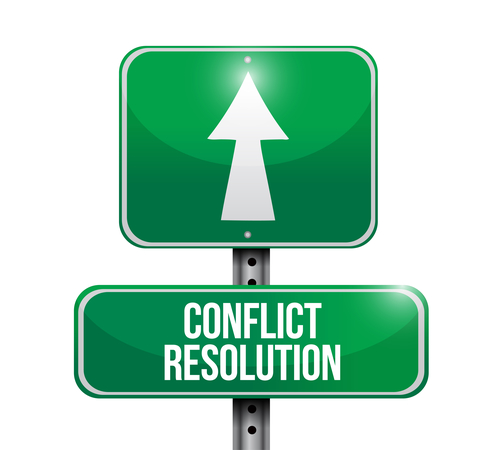 Is your team stuck in a cycle of personal bias and conflict? Are you struggling to help your team move beyond personal conflicts and disagreements so that you can get better results and see more professional behaviors?
Is your team stuck in a cycle of personal bias and conflict? Are you struggling to help your team move beyond personal conflicts and disagreements so that you can get better results and see more professional behaviors?
If you said yes to either or both of those questions, I have two things to tell you that I hope will give you hope for a better future:
- You are not alone, and
- There is a way to fix the situation.
While I want to offer you hope, I also have to balance the hopeful statements with two “reality check” statements:
- It is not going to be easy, and
- You probably will not fix it with one conversation.
Building trust and resolving conflict are involved and complicated issues that depend on a wide range of situation-specific techniques and approaches. I do not believe I can adequately address every nuance of fixing this situation with a simple blog post or even a series of blog posts. I can offer some tips and suggestions to get you going in the right direction and to point you towards other resources that can help you build both your confidence and skill in addressing this messy and complicated issue.
To help you get started, here are two things you can do to help your team move beyond conflict to achieve resolution…
Model the behaviors you want to see in your team.
Professional conduct and productive conflict resolution are like every other workplace behavior; they start with the example set by the leader. In The 21 Irrefutable Laws of Leadership, John Maxwell calls this idea The Law of the Lid. To quote him directly:
“Personal and organizational effectiveness is proportionate to the strength of leadership.”
Or, to quote one of my early mentors, “Guy, you can’t teach what you don’t know and you can’t lead where you won’t go.”
What, then, are the behaviors you want to see in order to resolve conflicts and solve problems productively as a team?
I’ll elaborate on each of these ideas in a future post. For now, though, here’s what I propose:
- Focus on the future rather than the past.
- Focus on solutions rather than problems.
- Focus on the business problem rather than the relationship problem.
- Focus on behaviors rather than feelings.
- Focus on organizational success more than on personal success.
Coach your team to demonstrate the behaviors you want to see.
Coaching your team members towards the goal of building trust and reducing conflict will require you to do at least these six things:
- Clearly identify what is and is not appropriate behavior.
- Communicate your expectations to your team.
- Work with your team members to identify behavioral norms (goals) that build trust and reduce conflict.
- Recognize and reward the behaviors you want to see in your team.
- Let people know when their behaviors do not meet minimum expectations.
- Teach (and encourage) your team to resolve their own conflicts rather than bring them to you.
I will also elaborate on these six coaching points in a future post to give you more specific insights on how you can apply each idea.
Watch for two future blog posts that will elaborate and expand the ideas I presented with this post, and consider checking out these audio recordings with specific tips for implementing these ideas:

We have groups big enough to work on tactical concepts like different presses, corner concepts and how to approach new rules, like the new long hit, so you can go back to your team and be a leader.